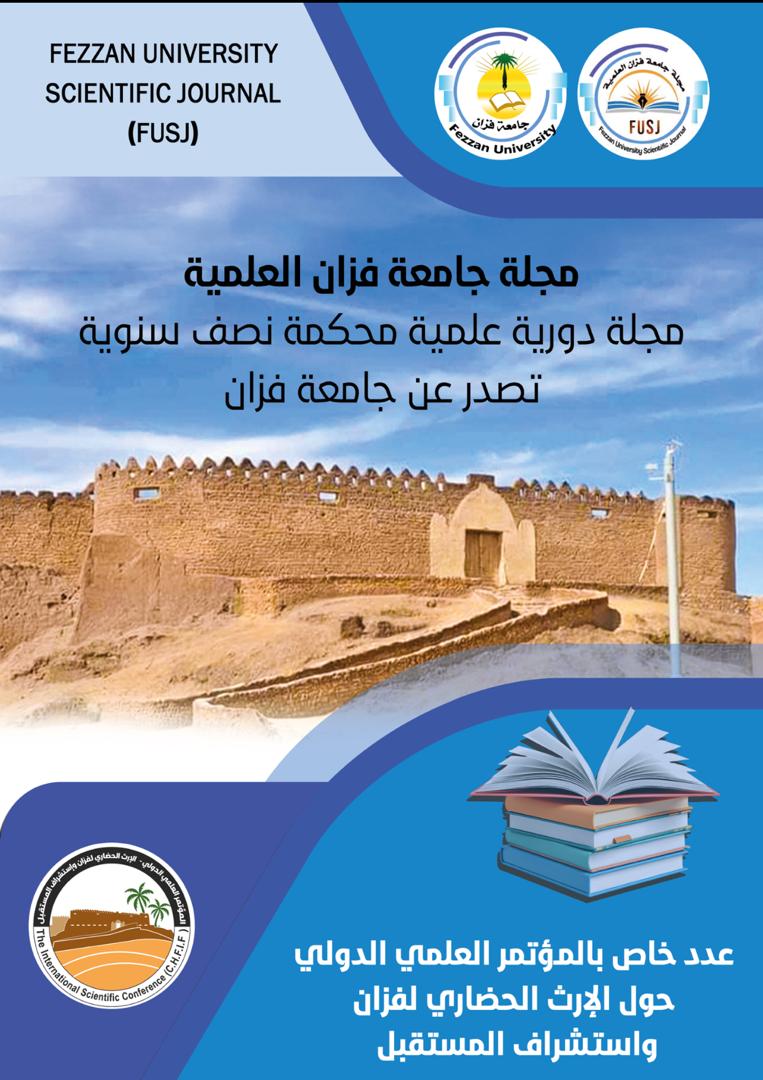مكانة المرأة في فزان من .ق. (16م) ،\الى . ق. (19م) وثائق براك انموذجا .
##plugins.themes.academic_pro.article.main##
الملخص
إن صور معاملات المرأة في فزان تزخر بها الوثائق ولدينا عدد كافي من الوثائق الأسرية؛ مما يسمح بالتقصي عن مكانة المرأة في المجتمع الفزاني خلال فترة الدراسة. فمن الناحية الإقتصادية يتضح أنه كانت لها الذمة المإلىة حيث تحرر الوثائق باسمها؛ فهي تتملك الأراضي، وتدخل في عمليات البيع والشراء خاصة الميسورات منهن، كما أنهن يهبن ويتصدقن بالإراضي والبيوت. أما من الناحية الإجتماعية وهذا ماتعكسه وثائق الزواج والطلاق فالاخير كان أغلبه بمبادرة من المرأة (خلع)؛ حيث ترد في الوثائق عبارت أسلمت عليه صداقها، كما أن الوثائق تعكس صور الإرث فهى ترث من والديها ومن زوجها وتورث لابناتها وأبنائها.
ففي حقيقة الأمر إن ما تعكسه الوثائق هو تمتعها بوضع اجتماعي ممتاز على الرغم من أن بعض الوثائق وخاصة الوثائق التي يكون موضوعها الحبس؛ حيث يقوم أحد الرجال بتحرير وثيقة حبس يمنع أبنائه ذكوراً وإناثاً من بيع الأرض، غير أنه يسمح للذكور بأن يورثوا أبنائهم، والأنثى تستفيد من نصيبها مادامت على قيد الحياة، وعندما تتوفي يقسم نصيبها على الورثة من الذكور.
ومن خلال التعامل مع الوثائق لاحظنا أن هذا النوع من الوثائق نادر، كما أنه لم يحض بدراسة وافية فحسب استقصائي للوثائق فإن الذي يقوم بالتحبيس لا يحبس جميع أملاكه؛ وإنما جزء من أملاكه ويترك الباقي مطلقا بحيث يكون نصيب النساء والذكور فيه حسب الشريعة الاسلامية .
إن أغلب القضايا التي تناقشتها هذه الورقة البحثية تجيب عنها الوثائق الأسرية من خلال التحقيق .

